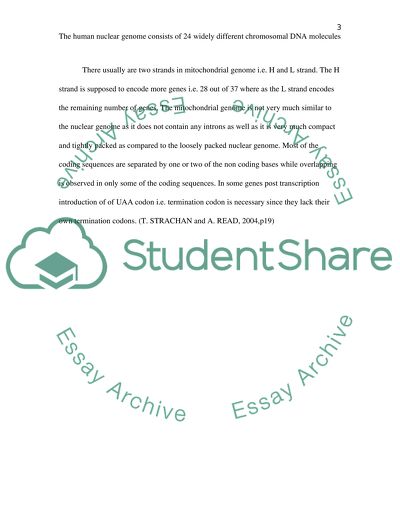Cite this document
(“Human genetic disorders can arise as a consequence of mutations in Essay”, n.d.)
Human genetic disorders can arise as a consequence of mutations in Essay. Retrieved from https://studentshare.org/biology/1462789-human-genetic-disorders-can-arise-as-a-consequence
Human genetic disorders can arise as a consequence of mutations in Essay. Retrieved from https://studentshare.org/biology/1462789-human-genetic-disorders-can-arise-as-a-consequence
(Human Genetic Disorders Can Arise As a Consequence of Mutations in Essay)
Human Genetic Disorders Can Arise As a Consequence of Mutations in Essay. https://studentshare.org/biology/1462789-human-genetic-disorders-can-arise-as-a-consequence.
Human Genetic Disorders Can Arise As a Consequence of Mutations in Essay. https://studentshare.org/biology/1462789-human-genetic-disorders-can-arise-as-a-consequence.
“Human Genetic Disorders Can Arise As a Consequence of Mutations in Essay”, n.d. https://studentshare.org/biology/1462789-human-genetic-disorders-can-arise-as-a-consequence.


